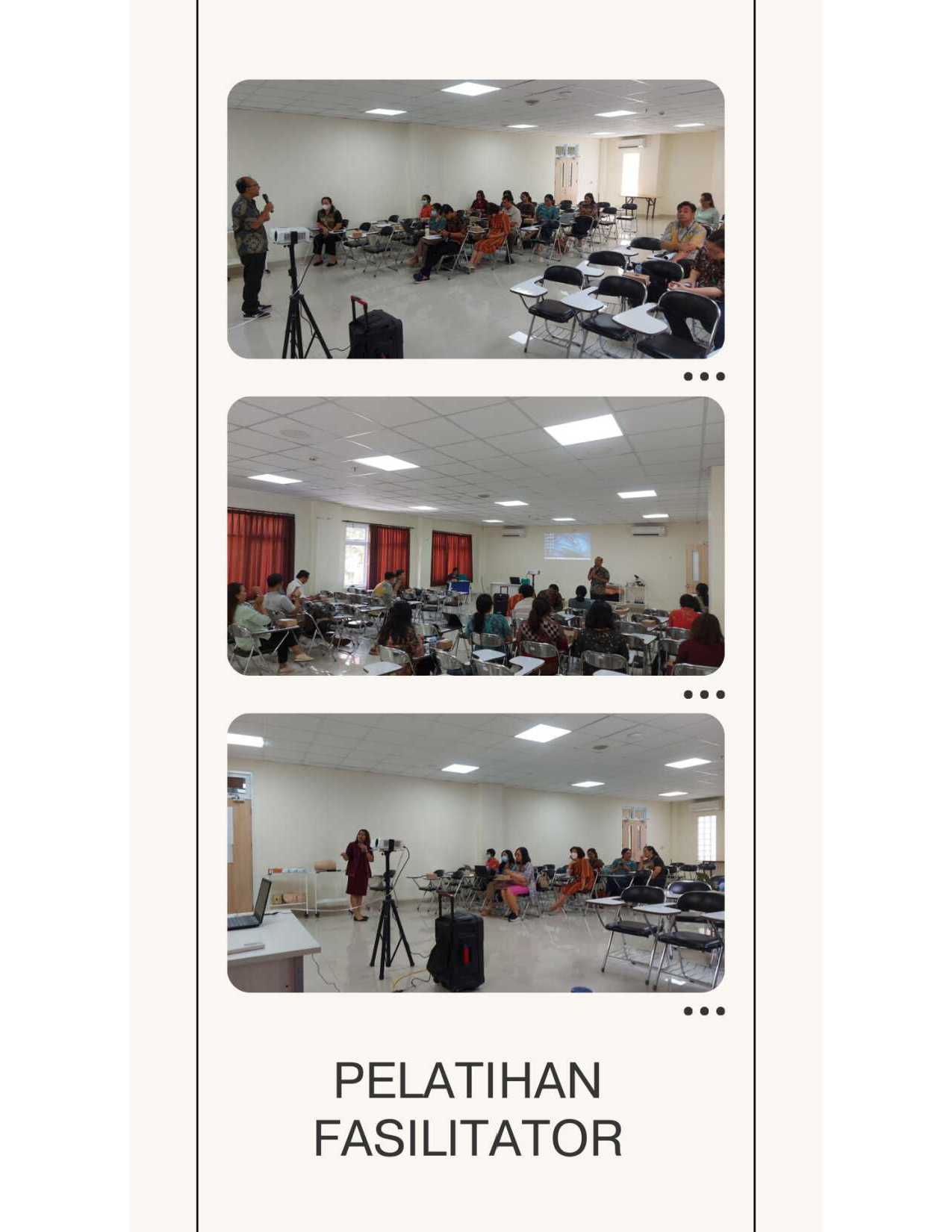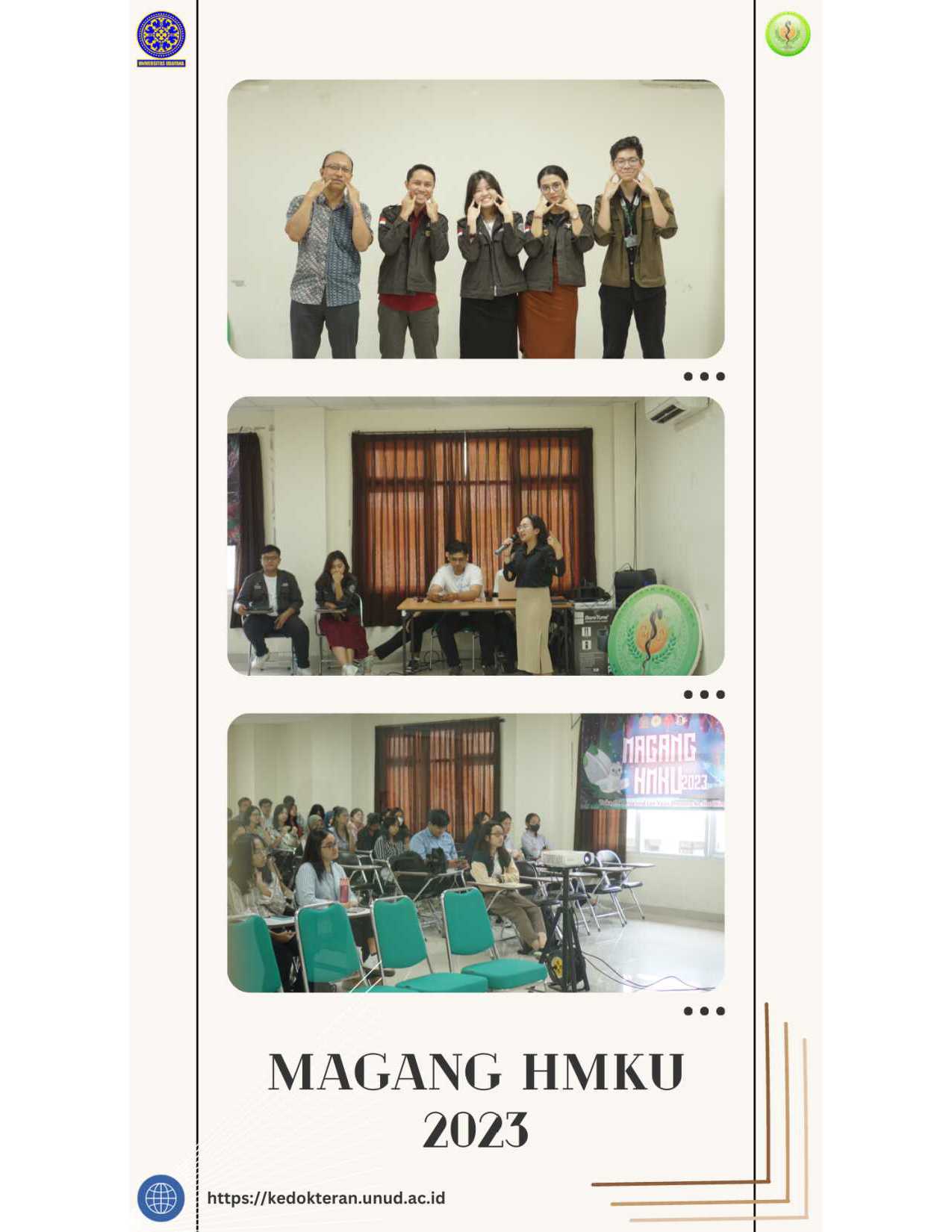Executive Summary
Bachelor of Medicine and Medical Doctor (BoMMD), Faculty of Medicine, Udayana University established in 1962 in purpose to educate medical doctor in Indonesia especially in the eastern part of Indonesia. BoMMD located in Bali, which famous as tourism destination. In accordance to support local need especially in field of travel medicine in Bali, so that BoMMD has Travel Medicine as the flagship. BoMMD students come from various part of Indonesia and abroad for regular and short course programs. In the last 10 years, BoMMD have been accredited A and Excellent by Indonesian Accreditation Agency for Higher Education in Health (IAAHEH). In accordance with the vision, and to enhance international recognition, this year BoMMD prepare and apply for international certification and accreditation. The Self-Assessment Report (SAR) was prepared for the assessment process of the ASEAN University Network – Quality Assurance (AUN-QA). This SAR consists of an introduction to Udayana University, the Faculty of Medicine, and BoMMD according to the AUN-QA criteria, an analysis of strengths and weaknesses, and a strategic plan for future improvements
BoMMD is a medical education institution that educates students to become a medical doctor with excellent profiles based on the university's, faculty’s, and study program’s vision and mission. The followings are the graduate profiles that have been formulated: (1) medical doctor who provide services at primary health care centers professionally; (2) medical doctor who excels in travel medicine; (3) researcher in the health sector; and (4) manager in health programs. To achieve this profile, nine expected learning outcomes (ELO) are developed, consistent with the university's vision and mission. The formulation of graduate profiles and ELOs are made based on a study of needs and input from internal and external stakeholders such as public and private hospitals, health services, the Indonesian Medical Association, tourism health service in Bali, Research Institutes, curriculum experts and alumni. All ELOs have been mapped according to the curriculum modules so that students can achieve all ELOs at the end of their education. All information concerning the management of education in study programs is given in a curriculum book document, which is subsequently socialized and becomes a general guide for all stakeholders.
The curriculum structure is developed in stages, beginning with basic biomedical sciences taught in the first year (semesters 1-2), followed by stages of developing more in-depth and comprehensive knowledge, skills, and attitude competencies in the field of medicine taught in year 2-4 (semester 3-7), which are arranged according to the level of difficulty of the material related to the field of clinical medicine. There are also elective studies at this stage, where students can choose a specific topic of specialization. Furthermore, at the clinical stage, four semesters are allocated to implement these clinical competencies through clinical rotation in several departments and emphasizing travel medicine as centerpiece. BoMMD's curriculum is evaluated every four years with the involvement of internal and external stakeholders, alumni, students, and health professional.
The educational philosophy of the BoMMD is in line with the university’s philosophy namely Taki-taking Sewaka Guna Widya, which means that people who study science must pursue knowledge and virtue expressed in academic activities and learning procedures that follow the student-centered learning paradigm. The philosophy of virtue implementation is reflected in the learning material for the Citizenship Education course, which is associated with the medical profession such as mutual help to fellow human beings, honesty, sincerity, mutual cooperation, consensus deliberation, and other noble cultures of the nation. Implementing virtue philosophy related to professionalism as a doctor is facilitated in the Medical Professional Block, ethics and effective communication skills as a doctor are facilitated in the Medical Communication Block. Furthermore, the learning process combines face-to-face learning strategies with ICT-based distant learning and Online Academic Service for E-learning (OASE) through a Moodle-based Learning Management System (LMS) coupled with Integrated Management Information System of Udayana University (IMISSU) as a learning medium (blended learning). The clinical rotation consists of bedside teaching, clinical diagnosis, patients care and management, case presentation and discussions, journal reading and examination. This learning activity provides opportunities for students to participate actively in real situations. The success of student learning is assessed using various methods, which cover knowledge, skills and attitudes. The evaluation process is carried out continuously, including formative and summative assessments, with the participation of multiple parties, particularly those in clinical education.
To encourage a conducive academic environment, BoMMD undertakes a transparent selection procedure for lecturers, support staff, and students in collaboration with the university. With a good recruitment system and Human Resources (HR) development plan, the ratio of lecturers and students is ideal. The number of Associate Professors and Professors at BoMMD is more than 60%. Faculty of Medicine Unud additionally employs integrated performance monitoring of lecturers and support staff to ensure optimal implementation of the University's Three Main Services.
Aside from academics, Unud provides students with facilities and infrastructure for non-academic support. Students can stay in a dormitory at Udayana University (https://www.unud.ac.id/in/rusunawa.html). Unud also provides numerous student activity units up to the Study Program level that students can follow based on their passion for enhancing their interests and talents. The issue of physical and mental health is also a concern. Unud has various facilities including clinic, hospital, sports facilities, and counseling units that can be used by all students and academic community members. Unud provides facilities and infrastructure that meet established standards to facilitate student academic and non-academic achievements. For example, the institution provides suitable quality and quantity classrooms, discussion rooms, and laboratories to ensure that the learning process runs according to specified criteria.
Students are actively participated in the implementation of education, research, and community services. The excellent achievement in education is reflected by the graduation rate of BoMMD students above 90% with a very good average GPA of 3.48 for the last five years. The average waiting period for graduates has been 2.63 months in the last three years. It demonstrates that the graduates can be employed in health care services both in and outside Bali. Additionally, 6.6% of graduates have started their enterprises as independent practicing doctors.
There have been 261 research carried out by the
lecturers in the past three years that involving students. The number of
international publications has significantly increased. BoMMD
lecturers and students published 713 papers in
reputable international journals between 2019 and 2021. Since 2019,
lecturers have produced two prototypes and two innovative products per year. In
term of community services, there were 952 activities in the last 3 years that had
been done by the BoMMD lecturers and student.


FACULTY OF MEDICINE UDAYANA UNIVERSITY